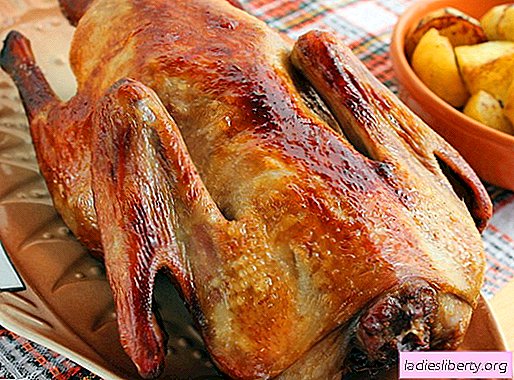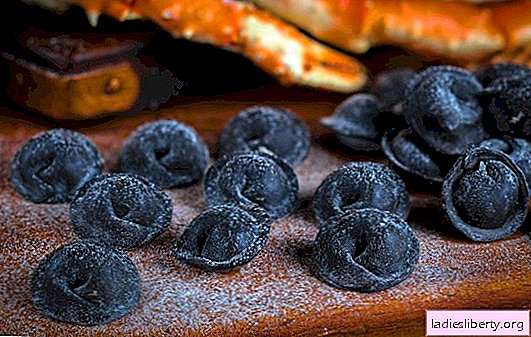
The rose garden on the windowsill is beautiful and convenient, especially for those who do not have a summer cottage. But the plants bought in the store take root for a long time, wither after the first flowering. Cuttings will help save the cuttings; at home, you can get a fully adapted flower.
It remains only to deal with the methods and rules of cuttings.
What roses can be cut at home
Not all types of roses are suitable for home rooting, for example, to make a tea-hybrid beauty grow in a room does not work. The root system of this plant requires a lot of space and soil. Miniature plants are grown in the room, which are very similar to garden counterparts.
Bengal red and many types of polyanthus roses lend themselves well to cuttings. They are capricious, bloom profusely and for a long time, do not require special conditions of detention.
Timing of cuttings and rules for the preparation of planting material
Rooting cuttings in spring and summer gives good results. They are harvested after the planned pruning of roses, it is good if the shoot has already bloomed or is blooming.

Cut the cuttings with sterile tools, for this purpose scissors or a knife are wiped with alcohol or a solution of potassium permanganate. Choose a shoot with kidneys, the length of which is not more than 12 cm.

Preparation of cuttings:
• make the lower section oblique and directly under the kidney;
• leave the top edge even, cut 1 cm above the kidney.
• dry the lower section, treat the edge with root stimulants.
You can root cuttings in different ways, but most often shoots are placed in water or planted in the ground.
Rooting cuttings of roses in water
Rooted cuttings in boiled warm water, do not use raw. Germination will require a container of dark glass or plastic. The jar is filled with water and exposed in a bright place, but without direct sunlight. As the liquid evaporates, warm water is added. There is no need to completely change the water.

Cuttings of indoor roses take root in a few weeks, then they are planted in a pot.
How to root rose cuttings at home in the home
In order not to weaken the plant and increase the chances of success, experienced gardeners root cuttings of indoor roses immediately in the ground. The soil is chosen loose and nutritious, a mixture of leaf humus, sod land and sand is suitable. You can buy universal soil for indoor plants.
The capacity for rooting is chosen not wide, but deep. A tall disposable glass or a plastic bottle without a neck is well suited for these purposes. Remember to make holes in the bottom so that excess fluid can escape.

Rooting Basics:
• fill a quarter of the pot with drainage and fill the soil;
• make a hole and plant the prepared stalk, digging one soil into the ground;
• water the soil well, cover it with a bag to create greenhouse conditions.
It takes up to two weeks to root, do not forget to ventilate the greenhouse, if necessary, water the soil. Put the pot in a bright place.
As soon as new shoots and leaves appear, the plant is transplanted. It blooms in the same year.
Caring for a rose at home after cuttings
When young plants begin to develop, they are transplanted into a permanent pot. Do not choose too large a capacity, otherwise the bush will develop slowly, flowering will be delayed.
The transplantation is carried out by the method of transshipment, trying not to destroy the earthen lump and not injure the young roots. Note that in a 500 ml container, the seedling can calmly survive the first winter. In the spring, the bush is transplanted into a spacious pot, but its size depends on the size of the plant.
Important! The height of the aerial part of the plant is equal to the depth of the pot, and the width of the container is slightly larger than the root system.
It is not difficult to take care of indoor roses; in autumn, the pots are cleaned on a glazed loggia and kept cool. In winter, it is better to keep away from batteries, dry air adversely affects the appearance and health of plants. In the first year after the cuttings, roses produce buds, but you should not expect abundant flowering. It is possible only after complete rooting and development of the bush.
Watering indoor roses
These beautiful flowers love plentiful watering, especially during the period of active growth.
Use sludge without chlorine.
Spraying the plant is not superfluous, once a month it can be treated with liquid mineral fertilizers.
However, on hot summer days, it is better to refrain from such feeding.
Top dressing
The first time they feed the cuttings a month after transplantation. Use granular fertilizers of long action, which are simply placed in a pot, or liquid ready-made complexes for flowering plants. Water-soluble top dressing is applied 2 times a month. In the fall, top dressing is stopped.
Important! If you have winter varieties of roses that produce buds in the fall, then they are fed during this period, and in the summer they make a rest period.
Features of indoor roses
Indoor roses grow well at temperatures from +10 ° C to + 25 ° C. However, they absolutely cannot tolerate overheating and dry air. Pots with plants are placed on the western or eastern window, where the sun will not scorch the leaves.
Roses love fresh air, so it’s useful to keep them on the balcony from spring to autumn. All this time, do not forget to inspect the bushes for pests and spray regularly.
Pots are returned to the room when the night temperature drops below +10 ° C. In autumn they can be put on the south window, where there will be enough light for further development.
Wintering in a plant begins after it has completely faded. Watering is reduced, feeding is removed. Bushes pruned on the growing moon. This is necessary so that next time they bloom profusely. All winter plants are kept at a temperature not exceeding +15 ° C.
With the advent of spring, roses are abundantly watered, fertilizing is resumed. After the frost has passed, they again take it out into the air.
Diseases and pests of indoor roses
Indoor roses often get sick, they are affected by pests. "Grandmother's methods" of treatment do not always help, since at home the lesion spreads rapidly. How to help a weakened plant?
Aphids on roses
The pest settles on the tops of young shoots and buds. At the first sign of damage, the bush is sprayed with Intavir. It is necessary to process all the plants that are on this windowsill.
Spider mite
Dry air provokes the appearance of a pest, which in a short time can destroy all plantings. The peak falls on the autumn-winter period. As a prophylaxis in autumn, plants are sprayed with the preparations Fitoverm, Actellik. Processing is carried out twice with an interval of several days.
Fungal diseases
Increased humidity and dampness in the room lead to powdery mildew, root rot, leaf rust. So that the air does not stagnate near the bushes, regularly prune, remove dry inflorescences. In order to prevent and treat using drugs "Fundazol" and "Topaz".
Indoor roses are sprayed in the open air, they are brought into the house a day later. Processing is not carried out in residential premises!











